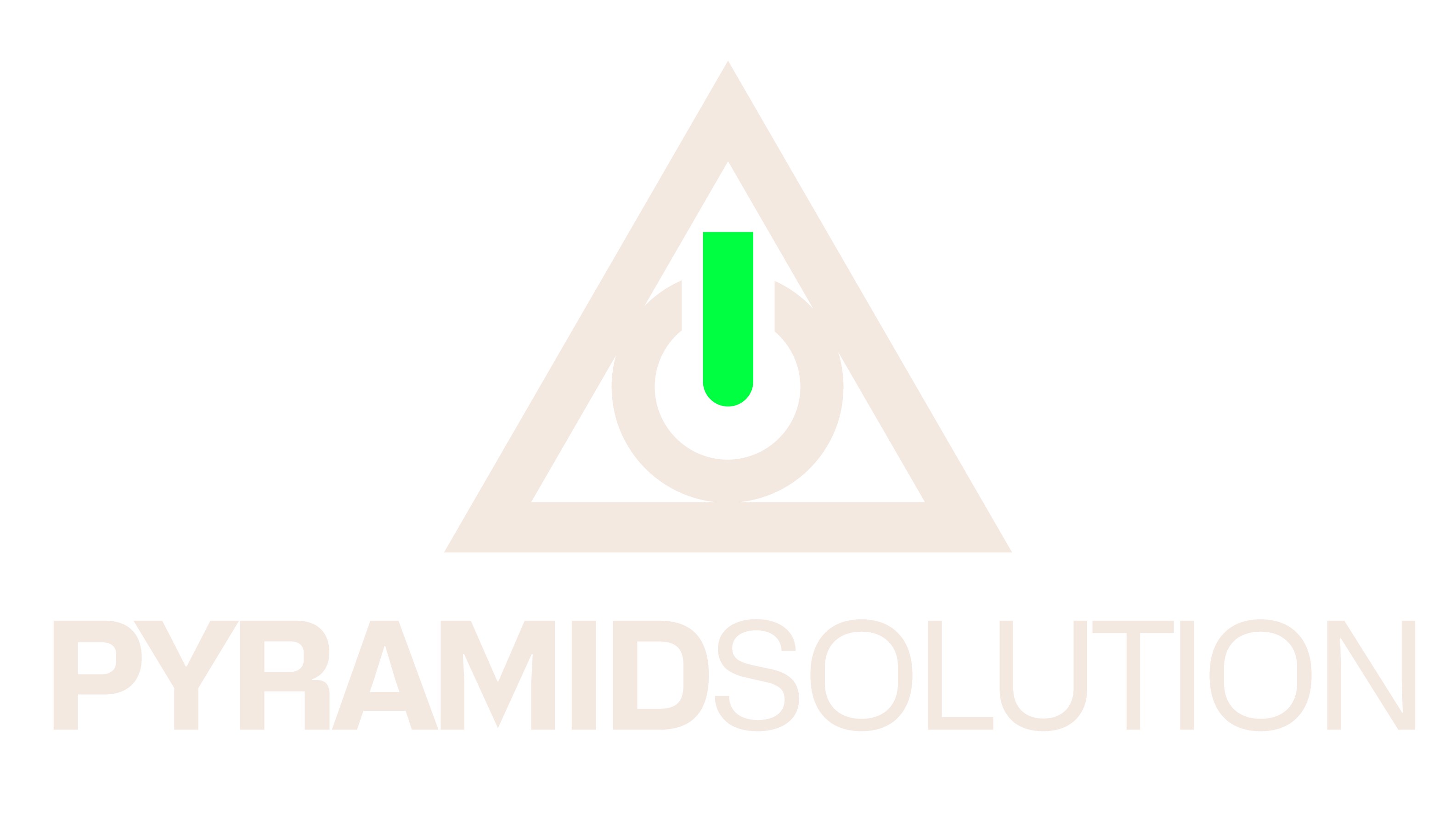As we approach the summer months, it is important to not only think about keeping cool but also taking care of our heating systems. Often overlooked maintenance of your heating interface unit (HIU) during the summer can save you time and money on repairs during the winter months. In this article, we will explore the importance of summer maintenance for HIUs and how it can prevent damage and increase efficiency.
What is an HIU?
Before diving into the benefits of summer maintenance it is important to understand what a HIU actually is. Simply put, a HIU is a device that helps regulate and distribute heat in multi-dwelling buildings or properties with centralized heating systems.
It connects to the building’s central heating system and provides individual control over heat distribution in each living space. A typical HIU consists of three main components: a heat exchanger, temperature control valve and circulation pump
The heat exchanger transfers heat energy from the central heating system to water that circulates through pipes within each dwelling unit. The temperature control valve regulates how much hot water flows into the pipes based on user demand while the circulation pump ensures that hot water continuously flows throughout each unit.
Importance of Proper Maintenance
Like any mechanical device HIUs require regular maintenance to ensure optimal performance and longevity. Neglecting routine maintenance can lead to costly repairs down the line as well as decreased efficiency which can ultimately cost more in energy bills.
Maintenance for your HIU in the summer months can be extremely important and includes inspecting all components for leaks or damage. Cleaning filters and turning moving parts like pumps and valves to stop them from seizing.
Neglecting routine maintenance can lead to decreased performance, higher energy bills, and a shorter lifespan for your HIU. In the next section, we will explore the benefits of summer maintenance in more detail.
Preventing HIU Breakdowns in the winter
Summer maintenance of HIU systems is an important preventative measure to avoid winter breakdowns. By taking care of the system in the summer, property owners can rest easy knowing that their heating system will function properly during the winter months when it is needed the most.
Many of the issues that occur during winter, such as jammed pumps and faulty valves, can be avoided with basic checks and maintenance carried out by occupants and users in the summer.
Common HIU Issues
Winter can be harsh on heating systems, especially if they are not properly maintained.. Neglecting to perform routine upkeep can lead to several common issues that can be costly and time consuming to fix. Three of the most common issues with HIUs are jammed pumps and seized valves
Jammed Pumps in Heat Interface Units (HIUs)
One of the most common issues encountered at the start of the winter months is jammed or seized pumps. This occurs when the internal components of the pump become seized and stop turning in order for the heating to operate. .
In heating systems with heat interface units (HIUs), the central heating pump circulates hot water throughout the central heating system whether it is radiators or underfloor heating. However, during the summer months or periods the pump can remain inoperational as hot water does not require the pump to operate.
When a pump is not used regularly, its internal components, such as bearings, shafts, and seals, can become stiff and prone to seizing. This is due to the fact that lubrication within the pump may not be distributed evenly when the pump is idle leading to an increased risk of friction and wear between the moving parts
Additionally, infrequent use can cause the pump’s seals to dry out, reducing their effectiveness and increasing the likelihood of leaks. The seals may also become more brittle over time making them more susceptible to cracking and failure.
To prevent pump seizure and maintain the proper functioning of your heating system, it is essential to periodically run the pump even during periods of inactivity. This can be done by briefly turning on the central heating system once every few weeks, allowing the pump to circulate the hot water and redistribute the lubrication within the components. This practice also helps to keep the seals moist and flexible reducing the risk of leaks and seal failure
Seized Valves
Another issue commonly encountered with HIUs during winter is faulty valves. Valves control water flow throughout your heating system, regulating temperatures and pressures while ensuring everything runs efficiently. However, just like any other component in your system valves are prone to seizing as well.
Similar to the pump a HIU has many components and valves that operate the heating side. Components such as thermostatic valves operate when there is demand for heating. HIUs are typically installed in very well insulated modern buildings and there may not be a need to turn the heating on for several months in the year. This ends up causing the valves to seize up and just like the pumps mentioned above running the heating for just a few minutes in the summer months would start the valves moving and potentially prevent them from seizing.
Final Thoughts
By taking a few minutes during the summer months to start your HIUs heating circuit you can avoid a call out from an engineer when the demand for HIU engineers is at its peak and you are likely to expect delays. Whilst an experienced HIU engineer may be able to restart your heating there are no guarantees and HIU parts may need replacing. Follow the steps outlined above to avoid this untimely and potentially costly inconvenience.


